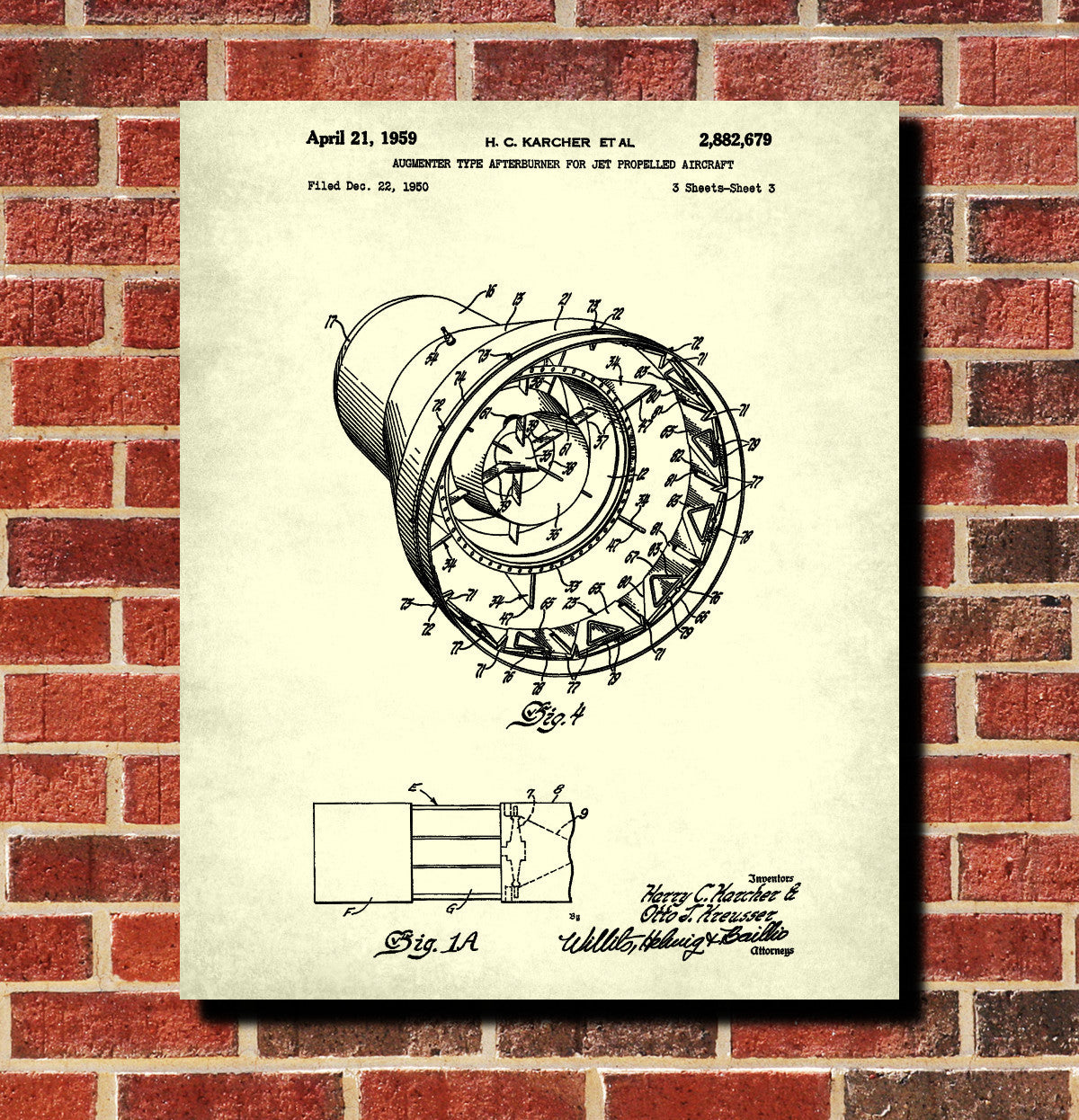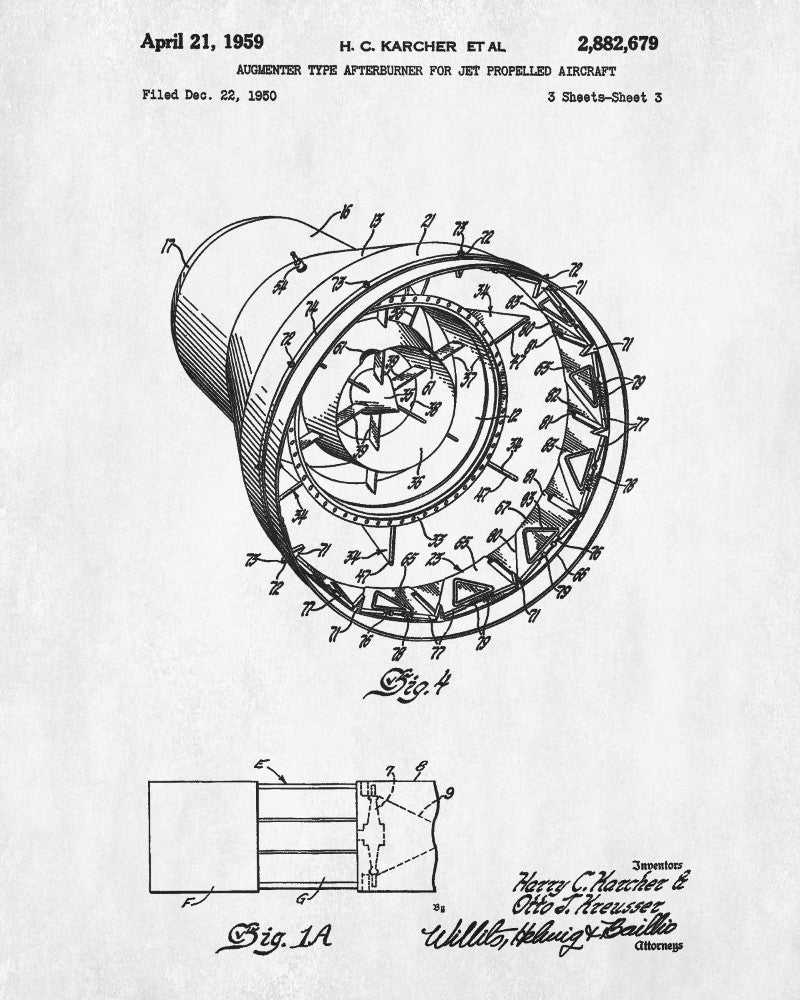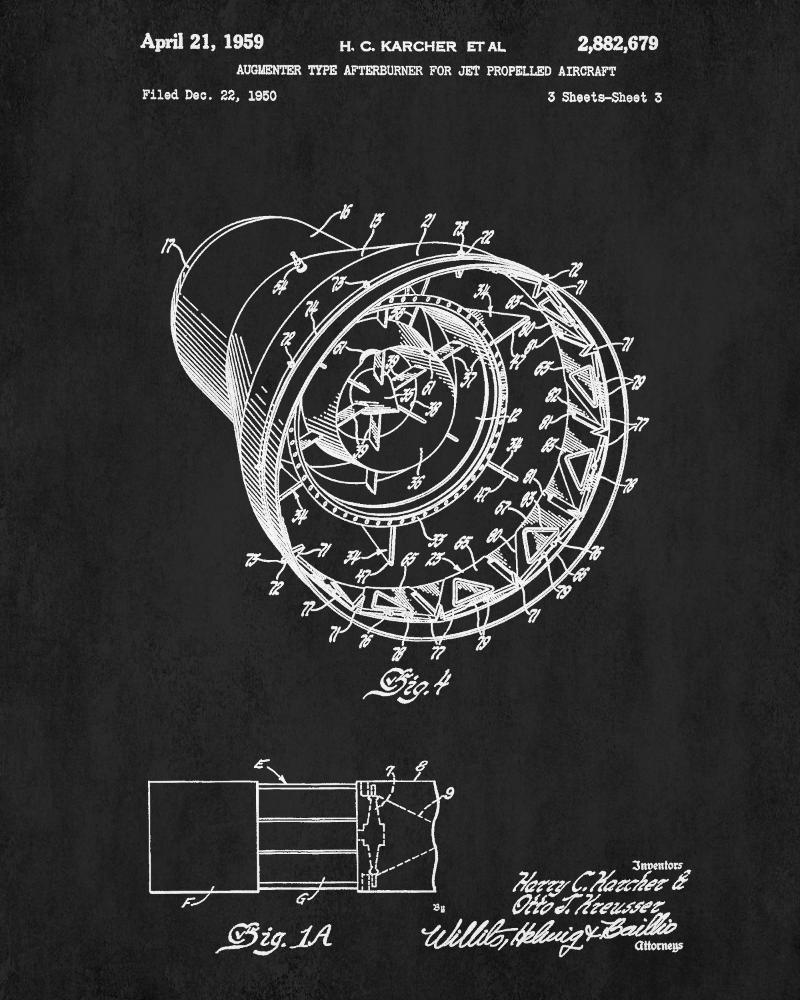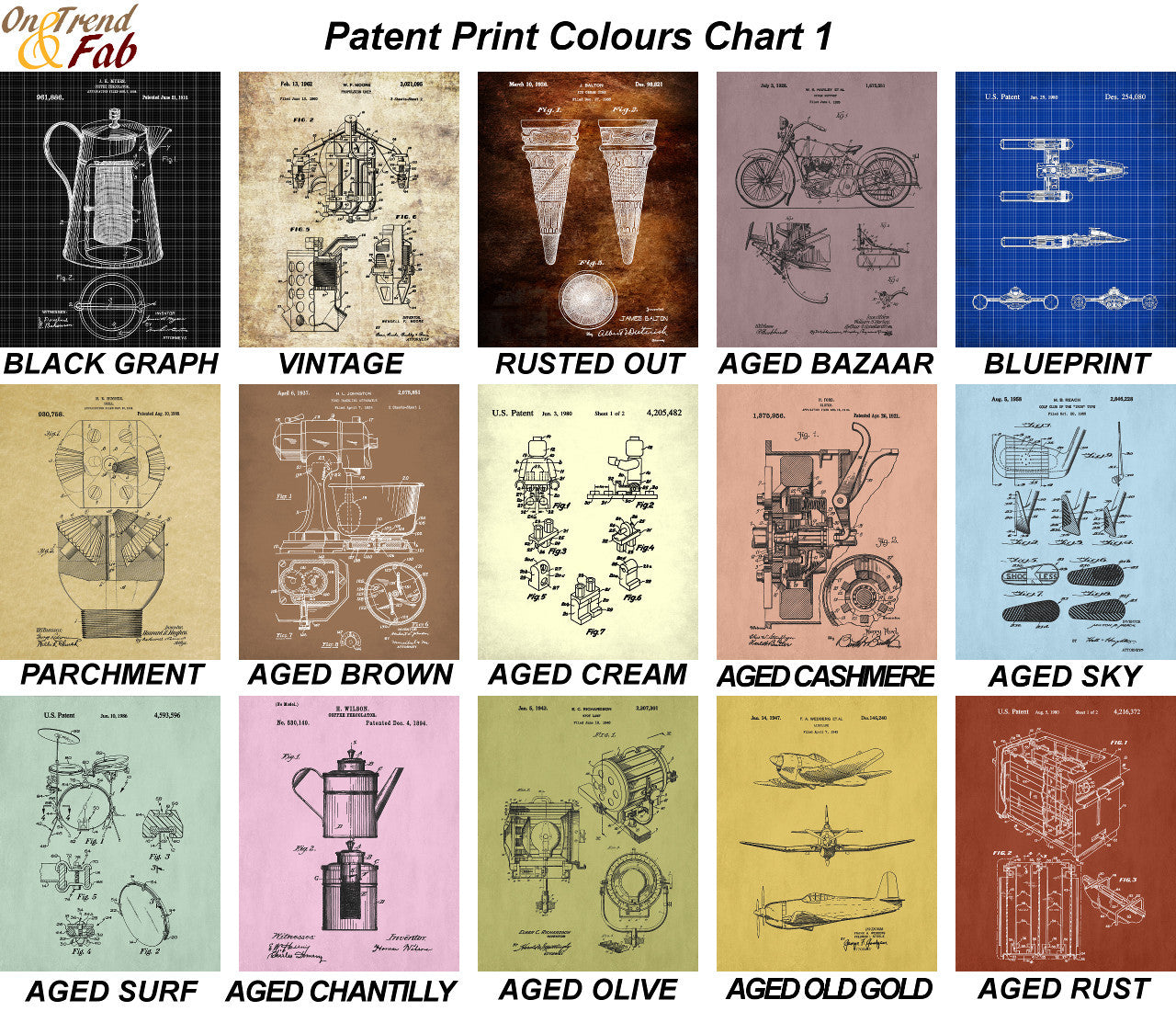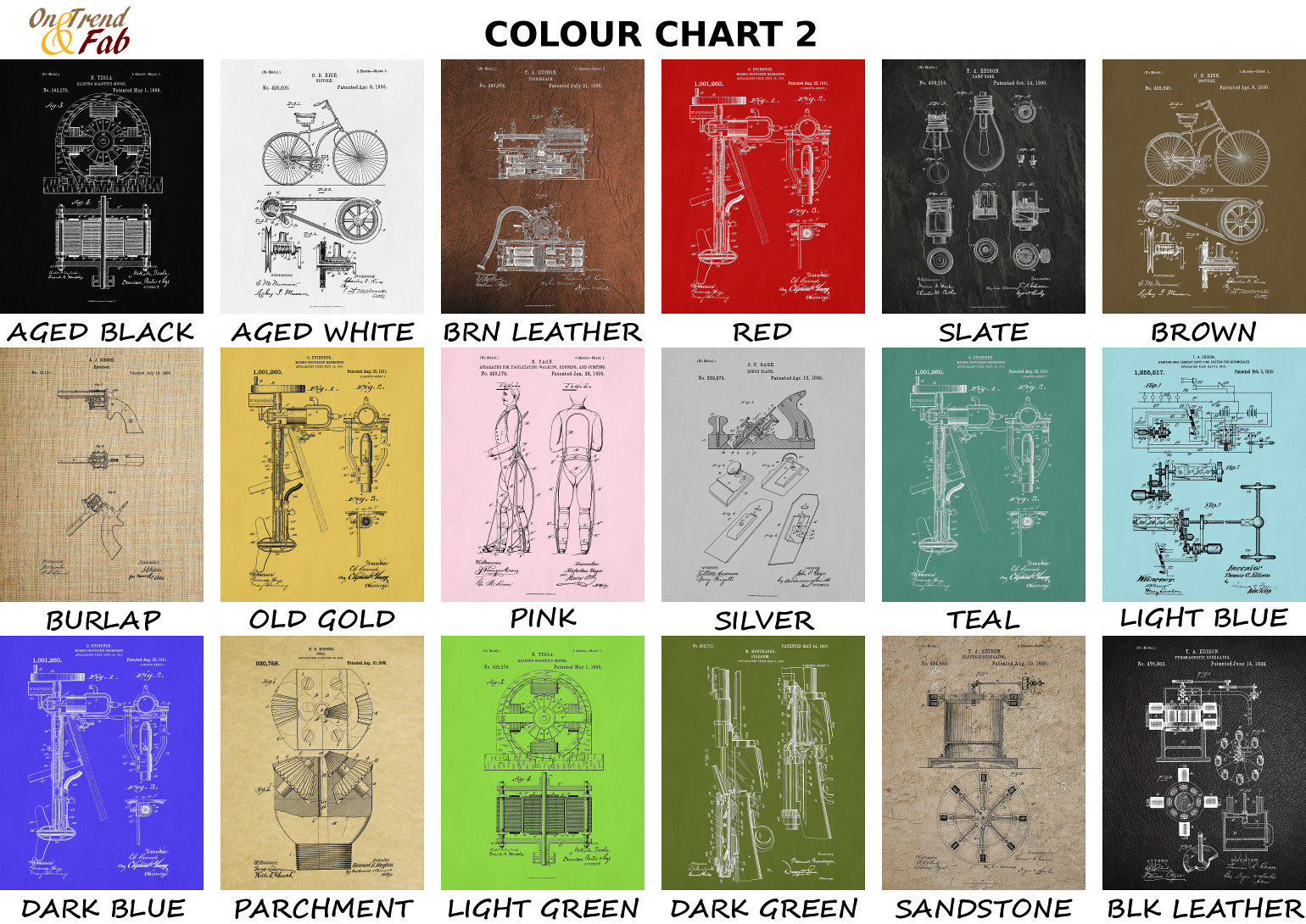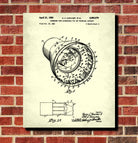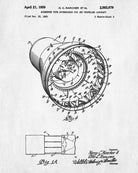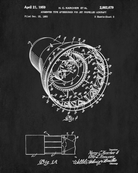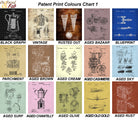Jet Engine Afterburner Patent Print Airplane Wall Art Aviation Poster
Couldn't load pickup availability
Jet Engine Afterburner Patent Print Airplane Wall Art Aviation Poster
Bring Aviation History to Life with Stunning Patent Print Diagrams
Elevate your space with the timeless charm of aviation-themed patent print diagrams. These high-quality prints celebrate the ingenuity and artistry behind some of the most iconic aircraft designs in history. Featuring intricate schematics of early biplanes, modern jets, and groundbreaking aviation technologies, each piece is a window into the innovation that shaped the skies.
Printed on premium archival paper, these patent prints boast crisp, detailed illustrations and a vintage aesthetic that blends seamlessly with any décor—whether you're curating a home office, decorating a pilot's lounge, or gifting an aviation enthusiast. Available in multiple sizes and framing options, they make a perfect centerpiece for gallery walls or standalone statement pieces.
Why Choose Our Aviation Patent Prints?
- Authentic Designs: Carefully sourced and digitally enhanced to highlight every detail.
- Museum-Grade Quality: Fade-resistant inks and heavyweight paper ensure lasting brilliance.
- Aviation Heritage: Celebrate the milestones of flight, from the Wright brothers to supersonic jets.
- Customizable Options: Choose your size, framing style, and color palette to match your space.
- Huge choice of colours
Whether you're a passionate aviator, an aviation history buff, or simply appreciate the beauty of engineering, these patent prints are a must-have addition to your collection. Shop now and bring the spirit of flight into your home or workspace.
All orders for unframed fine art prints and original paintings are dispatched within 2 working days of receipt of payment.
Orders for custom framed prints are dispatched within 4 working days.
All orders are fully tracked from dispatch to delivery at your home or business.
All print and original painting orders are fully insured against loss or damage in transit. We refund or replace any damaged or lost orders.
Buy with confidence - read what our satisfied customers have to say - Reviews
Fine art papers are printed without any additional white border Please let us know at the time of ordering if you would like a small additional white border.
Rolled canvas options have an additional white border of approximately 2.5 inches (7cm) on all 4 sides to aid stretching.
Ready to hang canvas panels are stretched on 1.5 inch deep solid pine frames from sustainable forestry sources. The image is mirrored on all 4 sides to give an aesthetically pleasing finish.
Why not have us gift wrap your order and attach a personalised message to the recipient. Available for all orders. Each order is hand wrapped in high quality gift wrap with meatllic ribbon and bow. Your personalised message is printed on a card which is included with your order.
Have your hand wrapped gift delivered directly to the recipient.
Full tracking and insurance included with every order.
Please note design may vary depending upon availability
Just purchase the gift wrap option HERE
Why Choose GalleryThane?
- Printed and framed in-house
- Free UK delivery
- Free EU an USA delivery on orders over £200
- Tracking and insurance included in every order
- Fast 1-3 day dispatch
- Gift wrapping service available
- Gallery quality materials
- Sustainable, eco-friendly packaging
- Great customer support
What makes our Prints and Canvas Panels so special

Latest Giclee Printing Technology
We have invested in the latest wide format print technology to produce museum quality giclee prints utilising the highest quality pigment inks to give outstanding colour reproduction.

Museum Quality Archival Fine Art Papers
We print on the finest quality fine art papers with textured, smooth and lustre finishes for prints which last a lifetime.
From aceo miniatures to 40x80 inch large format, every print has our lifetime quality guaranteee.

Solid Wood Frames, Cotton Canvas
All of the wood for our canvas panels and frames is responsibly sourced from manages forests. Our cotton canvas is completely seedless for the highest quality reproduction possible.

